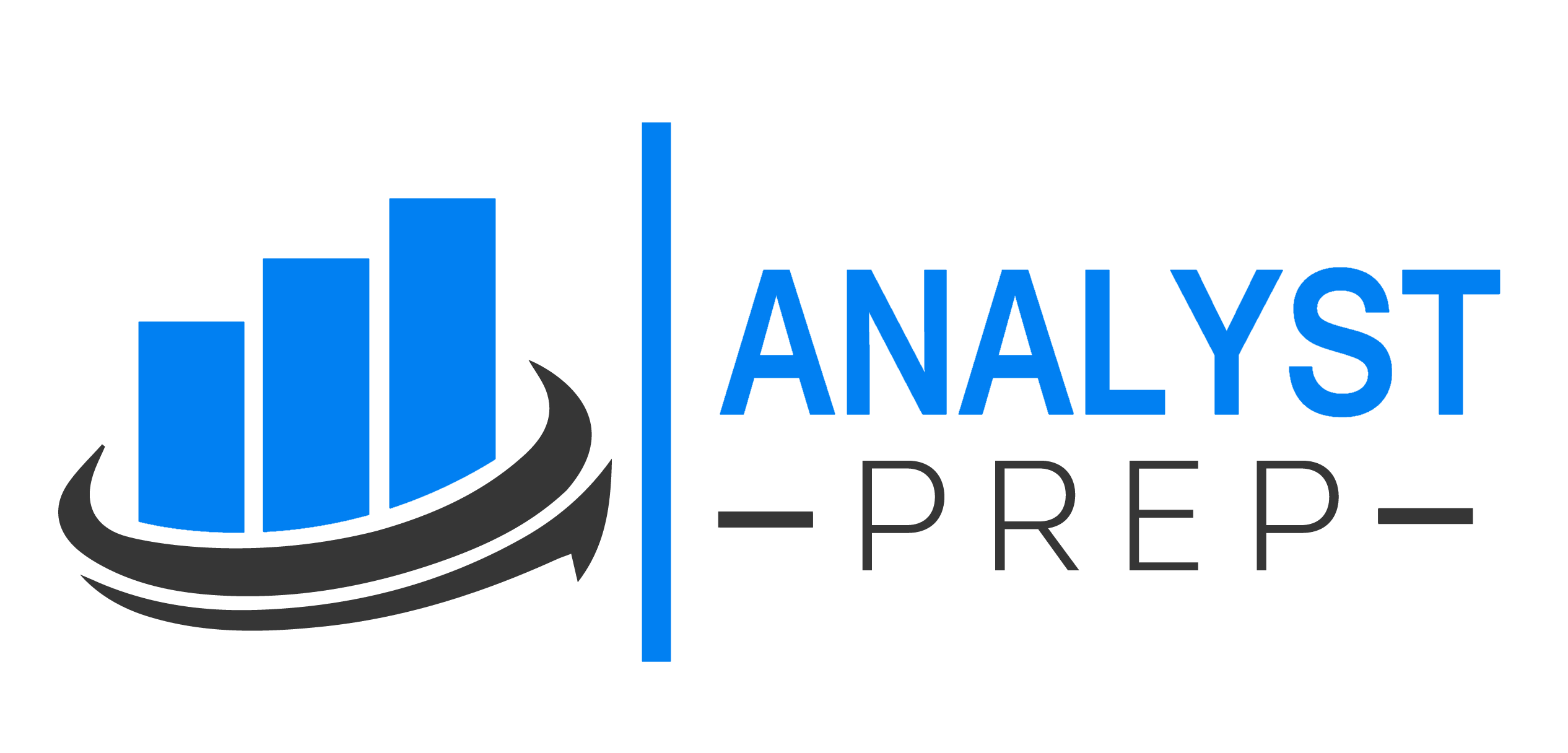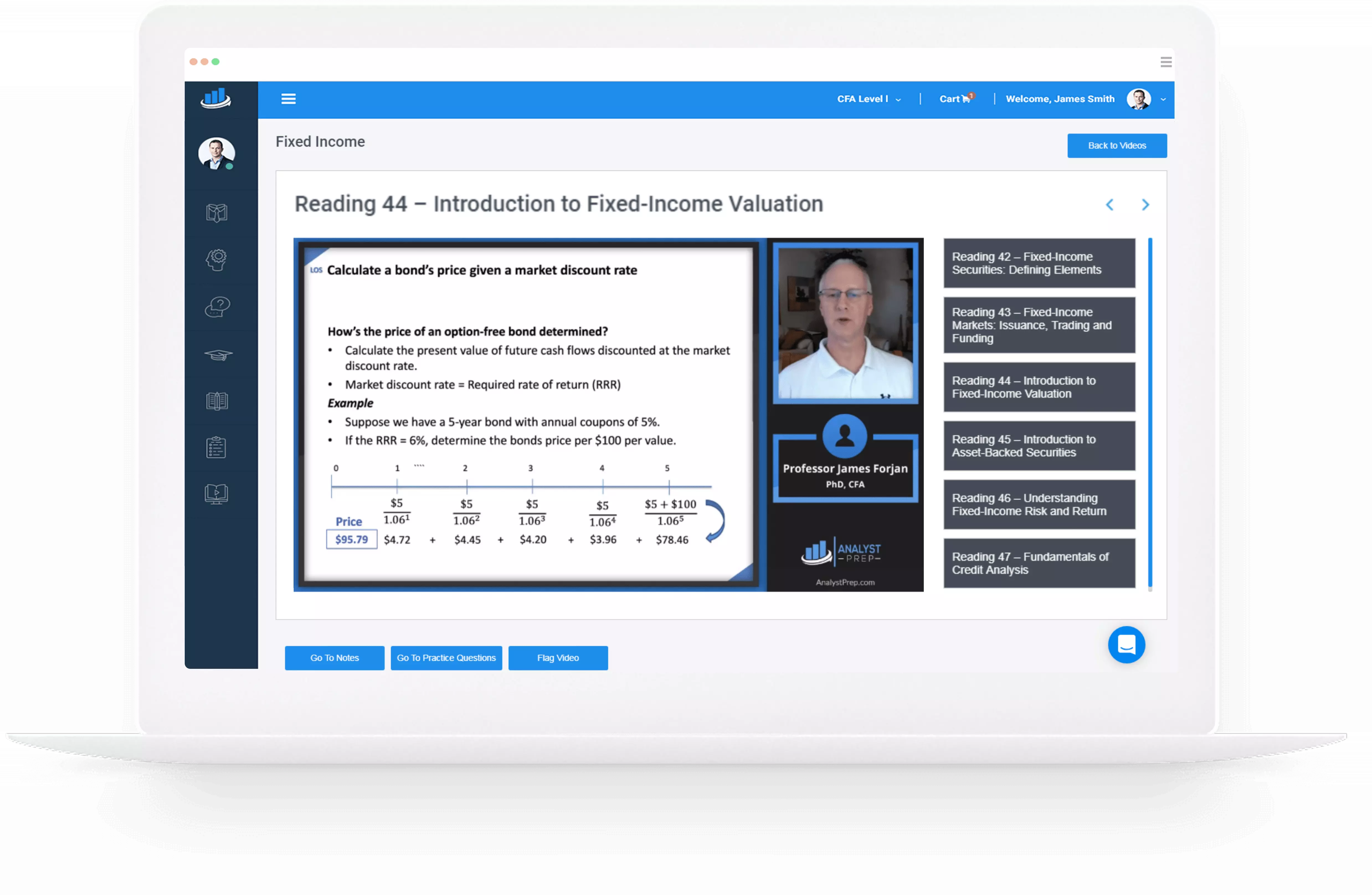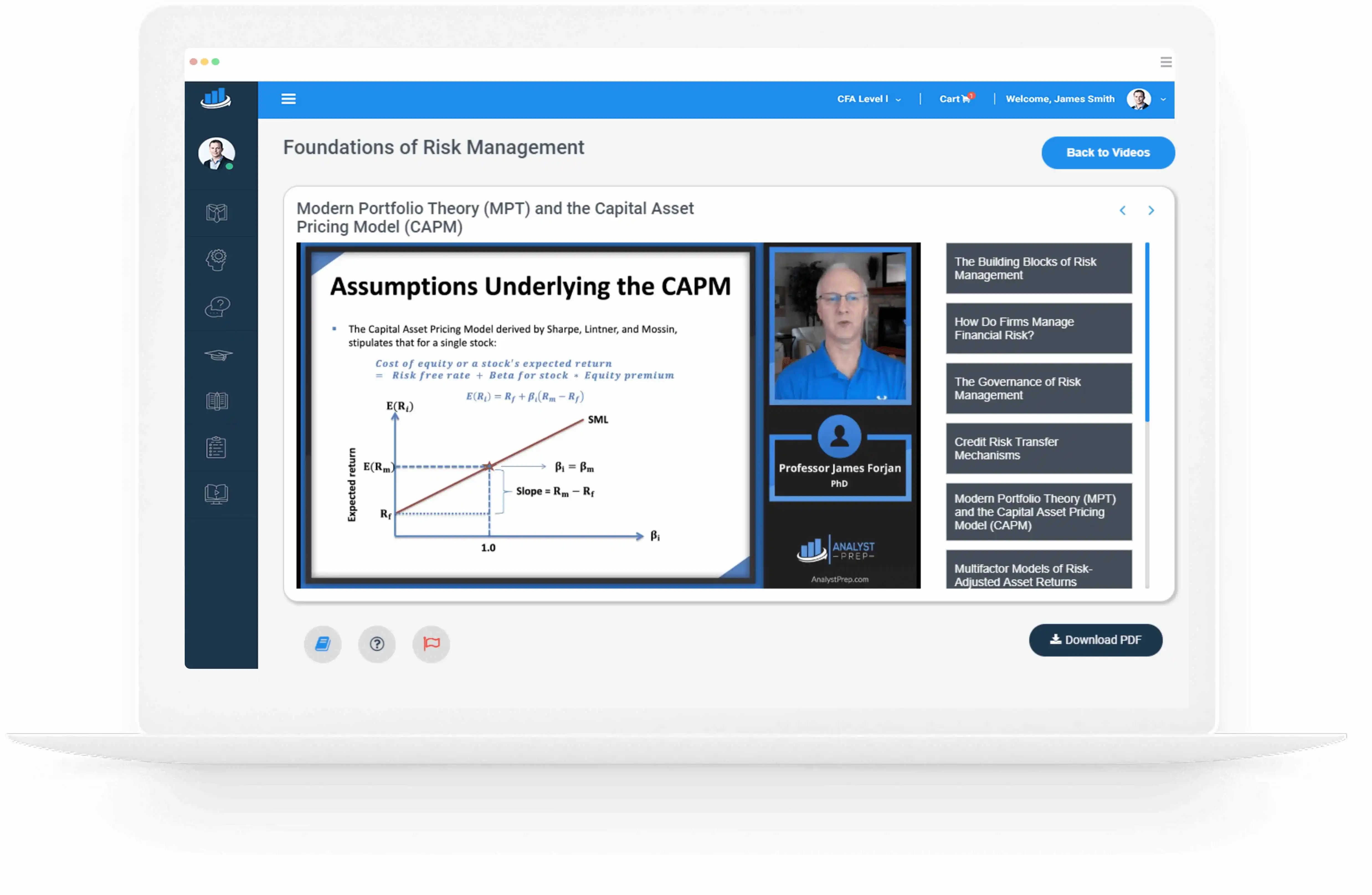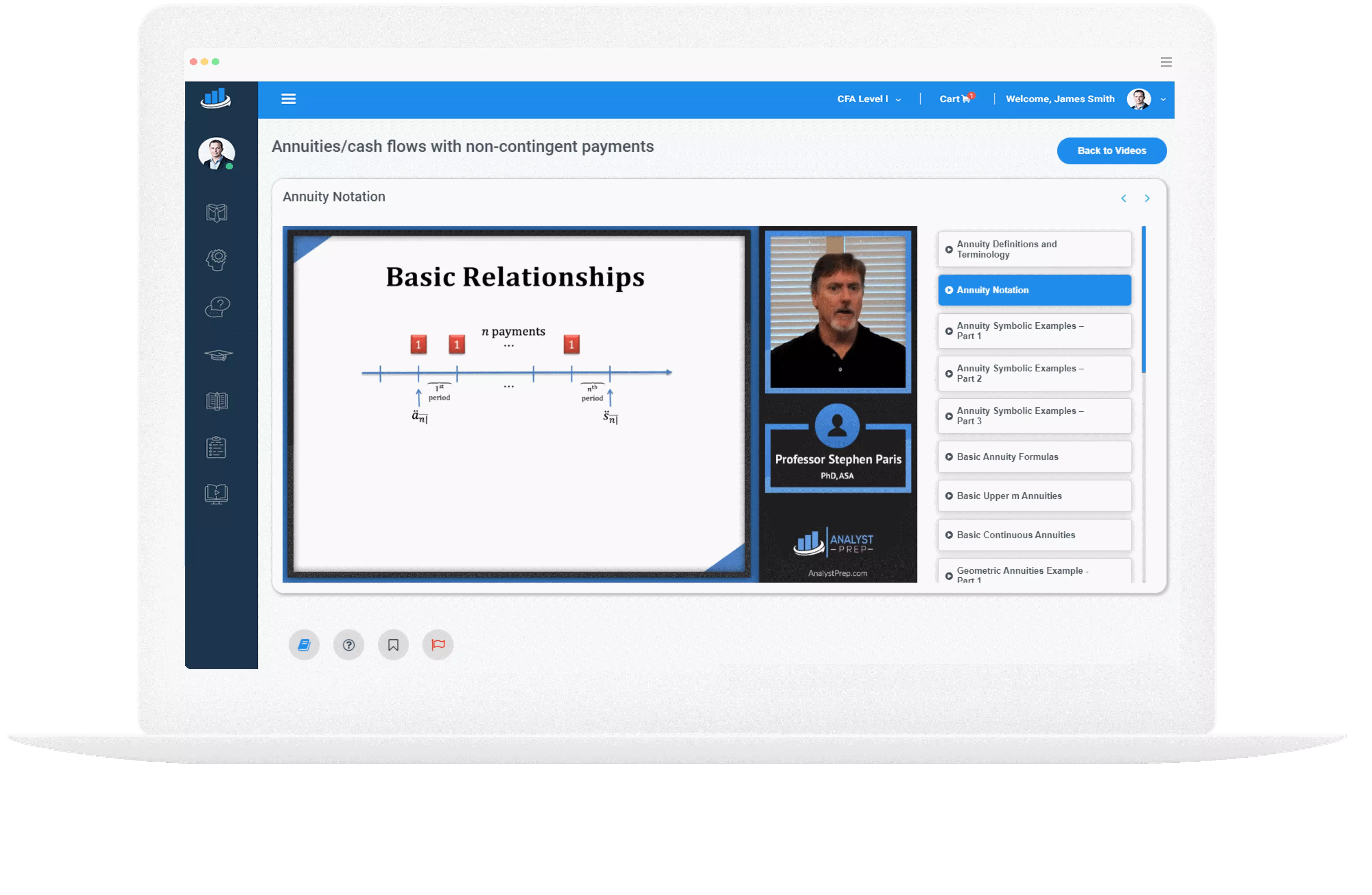Types of Fixed-income Indexes
Purpose of fixed income Indexes Fixed-income indexes are pivotal in tracking the broad risk and return of bond markets. They serve to evaluate market performance, benchmark the performance of investments and investment managers, and lay the foundation for indexed investment…
Fixed-income Segments, Issuers, and Investors
The fixed-income market is a multifaceted arena where various instruments are traded based on distinct classifications. These instruments can be broadly categorized based on three primary dimensions: time to maturity, issuer type, and credit quality. Additionally, classifications can be extended…
Legal, Regulatory, and Tax Implications on Fixed-income Securities
Fixed-income securities depend on laws and regulations of the place of issuance, where bonds are traded, and the holders of bonds. Classification of Bonds by Jurisdiction Domestic BondsThese are bonds issued by entities incorporated within a country and traded within…
Fixed-income Cash Flow Structures and Contingency Provisions
Fixed income instruments have different cash flow structures that provide investors and issuers with various options to meet their specific financial goals, manage risks, and tailor their investments to suit their particular circumstances. Standard, Fixed-Rate Bond (“Bullet Bond”) A standard…
Bond Indentures and Covenants
Bond Indentures A bond indenture is a legal contract that outlines the obligations of the bond issuer and the rights of the bondholders. It’s often referred to as the bond indenture. This contract lays the groundwork for all subsequent transactions…
Features of a Fixed Income Security
Fixed-income securities encompass bonds and loans, serving as crucial avenues of debt financing for corporations and governments. These are formed under standardized agreements, where issuers obtain funds for operational or capital needs, and investors, in turn, lend their capital, expecting…
Annual Bond Yield: Different Compounding Periods
The yield on a bond is a measure of the return on investment, which depends on the interest rate and the frequency of compounding. Understanding how to calculate the annual yield for varying compounding periods is essential for investors to…
Yield and Yield Spread Measures for Fixed-rate Bonds
Yield Measures for Fixed-Rate Bonds Understanding yield measures for fixed-rate bonds is essential for investors aiming to assess the potential return on a bond investment. The yield measures, including current yield, yield to maturity (YTM), yield to call (YTC), and…
Matrix Pricing
Matrix Pricing Process Matrix pricing is a valuation method widely utilized by financial institutions to estimate the fair value of a security that is not actively traded. This process is especially significant for bonds and other fixed-income securities, which may…
Relationships Between Bond Prices and Bond Features
Inverse Relationship – Bond Price and YTM The price of a bond and the yield-to-maturity have an inverse relationship. The same is shown in the blue line in the figure below for a bond with a maturity of 5 years…




